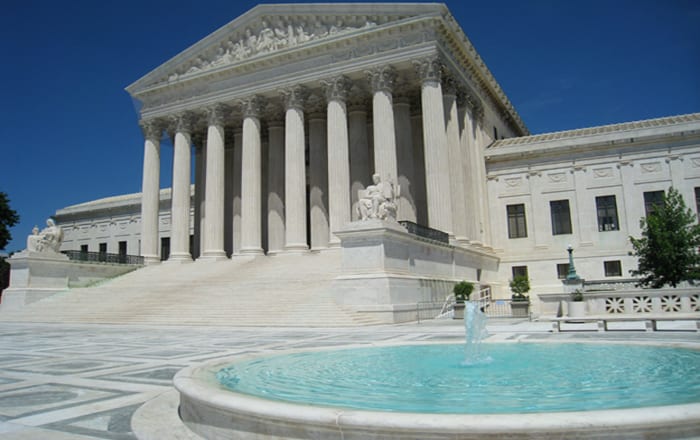
The Independent
On June 25, the Supreme Court ruled in favor of maintaining premium subsidies created by the Affordable Care Act, enabling over 80,000 Utahns to keep their health insurance.
“We know Utahns with subsidized insurance who are receiving chemotherapy for cancer, recovering from an accident, or are about to have a baby. Their access to healthcare won’t be interrupted and they can continue to rely on their insurance to be physically and financially secure,” says Matt Slonaker, executive director at the Utah Health Policy Project—a nonpartisan, nonprofit organization advancing sustainable health care solutions for underserved Utahns through better access, education, and public policy.
As of March 31 over 128,220 Utahans have signed up for health insurance through healthcare.gov, and over 2/3 receive subsidies—worth an average of $208 a month—to make their coverage more affordable. In addition, Utah has the nation’s highest percentage of children and young adults enrolled in Affordable Care Act insurance in the nation.
“Over 22% of Utahns signed up for insurance on healthcare.gov are under age 18, meaning the Affordable Care Act will continue to be a powerful tool to help Utah parents maintain health insurance their children,” says Jason Stevenson, Utah Health Policy Project’s education and communications director.
Today’s decision also paves the way for Utah lawmakers to resolve the biggest challenge facing the state’s healthcare system: the 53,000 Utahns still caught in the coverage gap. These Utahns earn too little to receive Affordable Care Act subsidies but earn too much or don’t qualify for Utah Medicaid.
“Now we can move forward with a Utah solution to the coverage gap by providing quality and affordable healthcare coverage for the tens of thousands of working Utahns who are still uninsured after today’s decision,” says RyLee Curtis, senior health analyst at the Utah Health Policy Project. “Solving Utah’s coverage gap problem by the legislature’s July 31st deadline is now more achievable with the Supreme Court case behind us,” adds Curtis.
The decision today also lets enrollment assistants, insurance companies, providers, and brokers focus on this fall’s open enrollment period, the third sign-up period since the Affordable Care Act’s launch in the fall of 2013. This next open enrollment period for Utah’s insurance marketplace begins November 1 and lasts until January 31, 2016.
Standing ready to help Utahns with their insurance questions or to arrange one-on-one enrollment advice are more than 100 trained experts who are part of Take Care Utah’s statewide assistance network. Take Care Utah is a partnership between the Association for Utah Community Health, the Utah Health Policy Project, and the United Way of Salt Lake 2-1-1.
“Our job at Take Care Utah is to troubleshoot and fix any enrollment problem that people bring to us,” says Randal Serr, Take Care Utah’s director. “Our network of expert assistors has two years of experience using healthcare.gov and can resolve any question or glitch that comes up.”
Most Utah navigators and applications counselors are based out of health clinics, hospitals, nonprofit organizations, schools, libraries, and insurance brokerages. Over the last two years, Take Care Utah’s affiliates have helped over 180,000 Utahns better understand their new insurance options. You can locate your nearest Take Care Utah assistant by going to www.takecareutah.org or by calling 2-1-1 from anywhere in the state.
For more information about Take Care Utah and how the enrollment process works, visit www.healthpolicyproject.org, call Randal Serr at (801) 433-2299, ext.5, or (801) 441-9742, or email [email protected].




